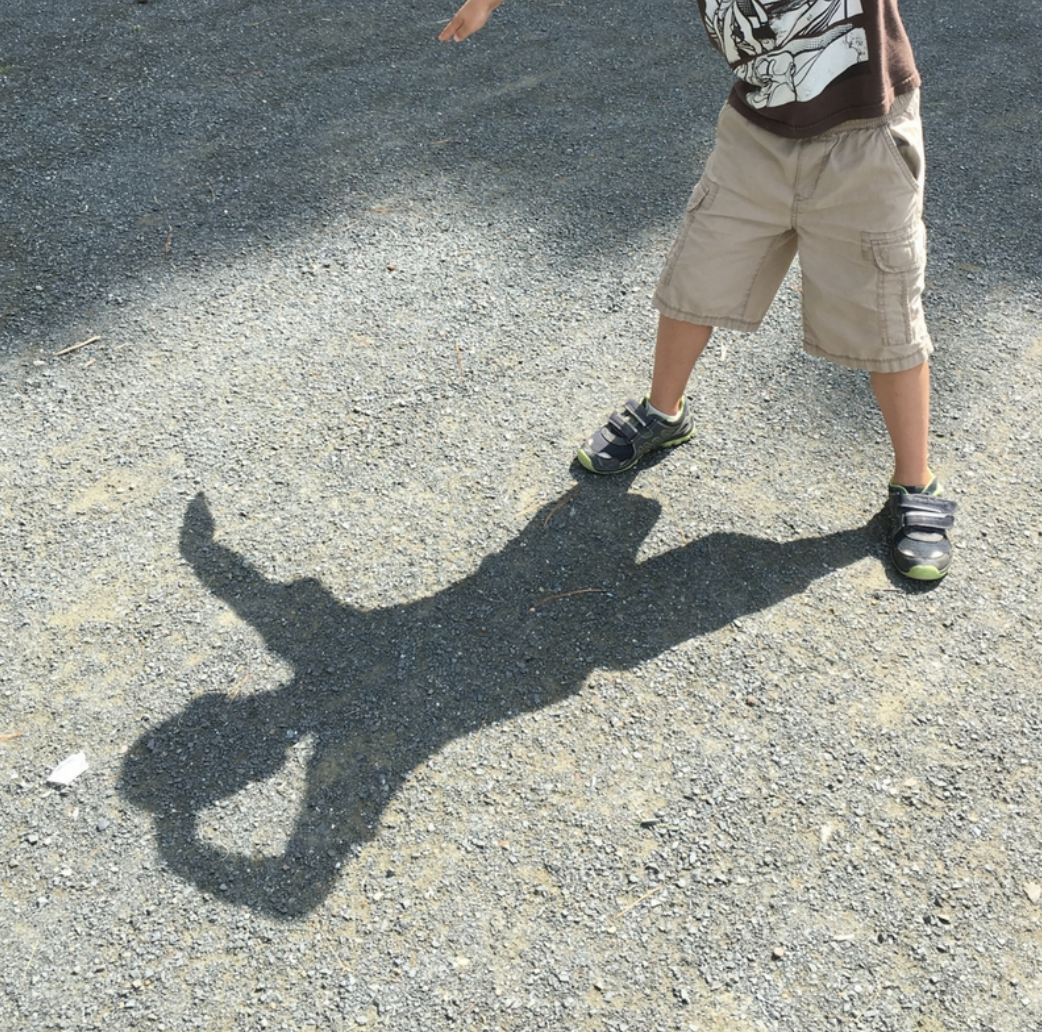
1st Grade Science
Shadows & Light
-
Your child will investigate how light travels and interacts with different objects. Your child’s mission will be to design a night-light that will project shadows and images on the wall in different colors. As your child works toward this goal, he or she will be exploring many phenomena while learning the following concepts:
Objects can be seen only when illuminated.
A beam of light will react differently when passing through different types of materials. -
What happens when there is no light?
What happens when light is reflected?
-
Make observations to construct an evidence-based account that objects can be seen only when illuminated.
1-PS4-2Plan and conduct an investigation to determine the effect of placing objects made with different materials in the path of a beam of light.
1-PS4-3
Sun, Moon & Seasons
-
Students will explore the motions of the sun, the moon, and stars, noticing patterns in how sunlight varies throughout the seasons and how moon phases change over the month. Your child’s mission will be to plan the perfect birthday party based on what he or she knows about seasonal patterns. Through hands on exploration and sharing of ideas, we will discover that:
The sun, the moon, and stars can be observed and used to make predictions about future motions or patterns.
The amount of daylight can be related to a specific season or time of year -
What objects are in the sky, and how do they seem to move?
How does the moon’s appearance change over each month?
How can we predict when the Sun will set tomorrow?
How is the weather different during different seasons?
-
Use observations of the sun, moon, and stars to describe patterns that can be predicted. 1-ESS1-1
Make observations at different times of year to relate the amount of daylight to the time of year. 1-ESS1-2
Animal Needs & Sound
-
Students explore how animals make sounds to communicate. Our class will investigate the nature of sound, examine the physical parts of animals that produce sounds, and construct physical models that mimic animal sounds. Your child’s mission will be to design a new rattle for a rattlesnake whose tail was injured by a thorn bush. Students will learns that:
Young plants and animals are like—but not exactly like—their parents.
There are patterns in the behavior of parents and offspring that help offspring survive.
Vibrating materials can make sound, and sound can make materials vibrate.
Devices can be designed to communicate across long distances using light or sound. -
Sounds are vibrations that travel through air, and that we can hear by using our ears. Draw three things that make sound.
How do animals communicate and make sound?
What ways do these animals use to communicate? Dog, Bird, Cat, Lion
How do animal parents and children interact to meet their needs?
What are some traits children can inherit from their parents?
-
Plan and conduct investigations to provide evidence that vibrating materials can make sound and that sound can make materials vibrate.
1-PS4-1Use tools and materials to design and build a device that uses light or sound to solve the problem of communicating over a distance.
1-PS4-4Read texts and use media to determine patterns in behavior of parents and offspring that help offspring survive. 1-LS1-2
Make observations to construct an evidence-based account that young plants and animals are like, but not exactly like, their parents. 1-LS3-1
Plant Parts & Survival
-
1st graders will explore their natural surroundings through nature hunts and garden planting. Your child’s will observe different plants and compare how their plant parts are similar and different. Their observations will give them an understanding that supports the following concepts:
Young plants and animals are similar—but not exactly the same— as their parents.
Solutions to a human problem can be created by mimicking how plants or animals use their external parts to help them survive, grow, and meet their needs. -
What are the main parts of a plant?
A dog is an animal. What part of the dog helps it move?
Plants need to make their own food to survive. What part of the plant begins the food-making process?
What part do some plants have that helps keep them from being eaten?
What are some ways an animal knows if it is in danger?
What are some ways an animal finds shelter?
What are some traits a plant could get from its parents?
-
Use materials to design a solution to a human problem by mimicking how plants and/or animals use their external parts to help them survive, grow, and meet their needs.
1-LS1-1Make observations to construct an evidence-based account that young plants and animals are like, but not exactly like, their parents.
1-LS3-1



